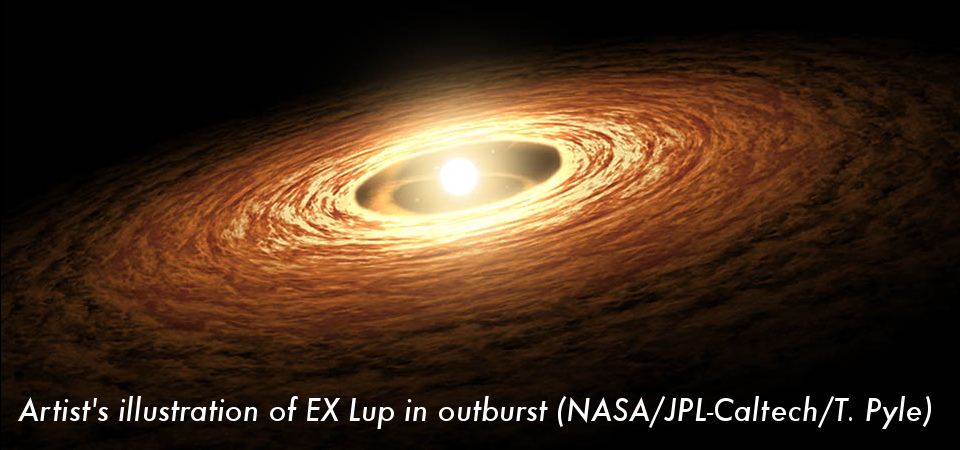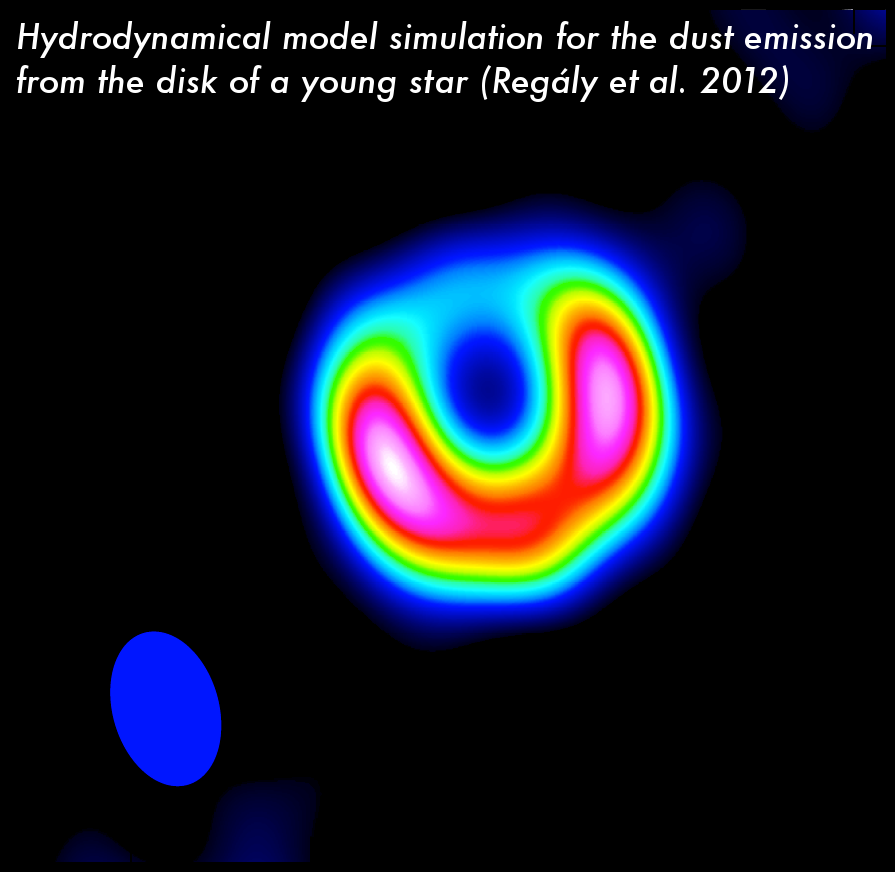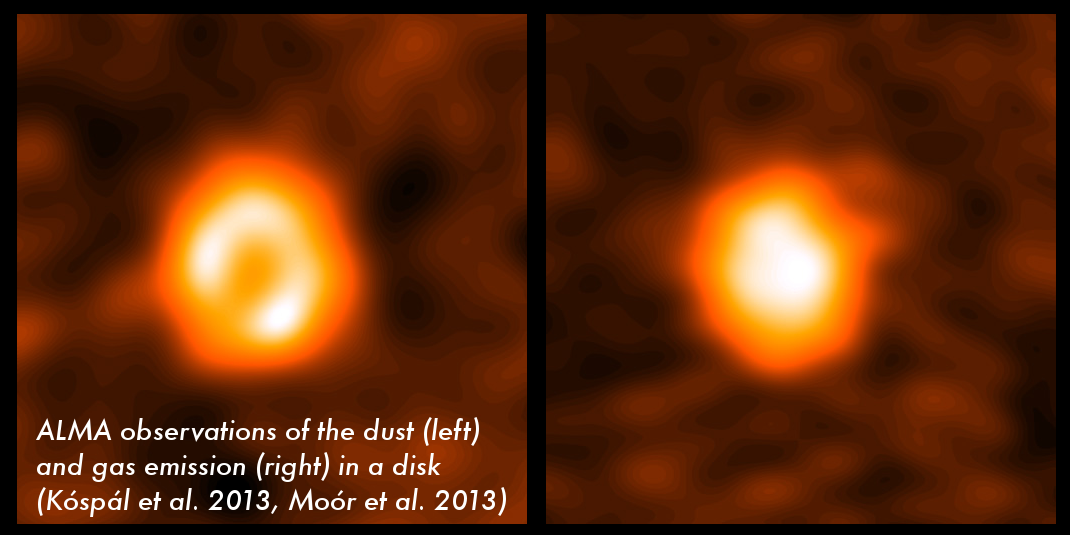Episodic accretion during early stellar evolution
A long-standing question related to the earliest protostellar phase is the luminosity problem. The mass of the young star divided by the characteristic build-up time provides the average rate of mass accretion onto the star, from which the energy output, and thus the brightness of the protostar is calculated. However, protostars are typically one or two orders of magnitude fainter than this estimate (Dunham et al. 2013, AJ 145, 94). One of the competing theories to solve this puzzle is that mass accretion is episodic. In this picture, protostars spend most of their time at low accretion, which is interrupted by shorter periods when the accretion rate increases by up to a factor of 100 (Dunham & Vorobyov 2012, ApJ 747, 52). To test this hypothesis, we need to measure the accretion rate in protostars, and identify and characterize the assumed evolutionary episodes of very high accretion. With these analyses, we will decide whether FUor outbursts are sufficient to explain the build-up of the final stellar mass.

Observations have revealed two groups of young stars that show unpredictable sudden increases in luminosity, or “outbursts”, which may represent the mentioned phases of temporarily enhanced accretion. FUors, named after the prototype FU Ori, exhibit large outbursts in visible light, increasing their brightness by a factor of 100 for several decades (Hartmann & Kenyon 1996, ARA&A 34, 201). In these systems, matter is falling from the envelope onto the disk, then transported towards the star. At the inner edge of the disk, material piles up until it becomes thermally or gravitationally unstable, and quickly falls onto the star during the outburst episodes. EXors, named after EX Lup, show eruptions of similar amplitude but shorter duration, repetitive on yearly timescales (Herbig 1977, ApJ 217, 693).
We will test the assumption that FUors offer a solution for the luminosity problem by studying the physics that govern the inward transportation of material. Submillimeter interferometric observations combined with hydrodynamical simulations and radiative transfer calculations will enable us to study fundamental aspects of the physics of FUors.
Disk dynamics during the protoplanetary phase

After the main accretion period, the disk enters the longer protoplanetary phase. The inward transport of material slows down, but the disk remains dynamically active. Large-scale turbulence, spiral arms, vortices affect the flow of material, in connection with the newly created planetesimals and protoplanets (Kley & Nelson 2012, ARA&A 50, 211). Recently, several new disk observations revealed surprising non-axisymmetric structures (Brown et al. 2009, Mayama et al. 2012, Casassus et al. 2013, Marel et al. 2013), which can be related to large-scale vortices demonstrated by Regály et al. (2012, MNRAS, 419 1701). We know very little about these substructures, and how they influence the physical conditions for planet formation and the migration of the newborn planets in their host disk. FUor or EXor-type eruptions continue to occur, further complicating the picture by triggering physical, chemical, and mineralogical changes that also influence the formation conditions of Earth-like planets in the inner disk (Ábrahám et al. 2009, Nature 459, 224).
There are three dynamical aspects of the protoplanetary disk evolution where the high-tech observational instrumentation and newly developed, accurate numerical models are now poised to make an important contribution: the relationship of turbulence and accretion, large-scale dynamical structures in the disk, and disk wind/outflow.
Disk dispersal and dynamical interactions with exoplanets

At the end of the protoplanetary phase the stellar radiation and wind disperses the remaining gas of the circumstellar disk in a highly dynamical process. The timescale of the disk dispersal is an essential parameter that determines how long gas can exist, and the time period when gas giant planets can form in the disk (Hillenbrand 2008, Phys. Scr. T130, 014024). The transitional period of gas dispersal is followed by the debris phase. According to the widely accepted self-stirring theory, debris dust production is primarily occurring in an outward expanding narrow ring where the motion of smaller planetesimals is dynamically stirred by Pluto-sized bodies formed and embedded in the planetesimal belt (Kenyon & Bromley 2001, AJ 121, 538). The already formed giant planets also interact with the debris dust ring, shaping its structure and dynamics (Chambers 2009, AREPS 37, 321).
The extraordinary sensitivity of the new (sub)millimeter instruments will allow us to study the evolution of molecular gas in young debris disks, investigate the stirring mechanism using spatially resolved images of debris disks, and look for signs of planet-disk interaction.